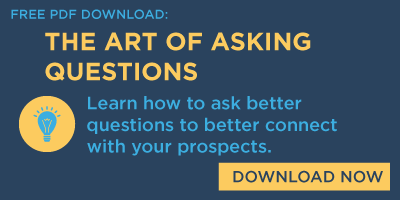 If you work for a traditional media company (TV, Radio, Newspaper, etc.) you likely have a wide range of tools to help clients reach consumers. You have all your traditional assets and a growing set of digital capabilities. When put together, you can create powerful tailored solutions—better than you could before digital came along, and better than a company that only has digital capabilities. And if you are an advertiser, looking for a partner to help you reach the consumers you seek, give serious thought to how a local media company can help you achieve your goals.
If you work for a traditional media company (TV, Radio, Newspaper, etc.) you likely have a wide range of tools to help clients reach consumers. You have all your traditional assets and a growing set of digital capabilities. When put together, you can create powerful tailored solutions—better than you could before digital came along, and better than a company that only has digital capabilities. And if you are an advertiser, looking for a partner to help you reach the consumers you seek, give serious thought to how a local media company can help you achieve your goals.
We have observed one big problem getting in the way of local advertisers being able to take full advantage of what a traditional media company can do for them. As the digital capabilities grow in these media companies, sellers are put under more pressure to sell what the company has invested in bringing to the market. Makes sense. They can’t keep offering these great tools if no one buys them. The problem is salespeople are abandoning good needs analysis behavior and instead doing a digital needs analysis. They are overcompensating in a way that is not helpful.
What is Really Happening?
This is the same as if you came upon a bee hive and to avoid the swarming bees, ran into the road and get hit by a car. The overcompensation caused more problems than the original danger. The best approach would be to move away from the bee hive, but not all the way into the road.
When a salesperson obsessed with selling digital, meets a prospect, (let’s call them Green Grocer), they ask the kind of questions that uncover these issues for the advertiser:
a) Website numbers are low—need more people to go to the site.
b) Would like to do some mobile messaging but don’t have a big database.
c) Super interested in increasing visibility on social media, particularly to increase “likes” on Facebook.
A Better Way.
When another salesperson approaches Green Grocer, thinking more about how to uncover a real marketing challenge so they can best help, their notes look something like this:
a) They have seen an increase in male shoppers and think there might be a tie-in between increasing male shoppers and the new "make your own meal" counter. They see real opportunity here and would like to see how that tie-in could work.
b) They want to triple sales of the make your own meal items over the next three months… and they want to see a considerable increase with men as a part of this.
See the difference? It’s profoundly important!
We encourage sellers to follow our Hourglass Needs Analysis and to do this well, they need to prepare to make Digital Discoveries along the way. Making Digital Discoveries is very different than doing a digital needs analysis. If a salesperson gets a clear key marketing challenge, they can then determine how to incorporate their digital tools into the solution.
We use the metaphor of an “hourglass” when we teach sellers how to get better at their needs analysis work. The concept is simple; start wide by building Rapport and probing for a wide range of Needs, then narrow down to get an Assignment, then Analyze the Assignment and Contract for next steps. This model helps sellers get to a real Assignment quickly, but assures they don’t forget to Analyze the nature of the challenge. Making Digital Discoveries comes in the Analysis step.
To learn more about this, click to get a copy of our Hourglass Needs Analysis.



